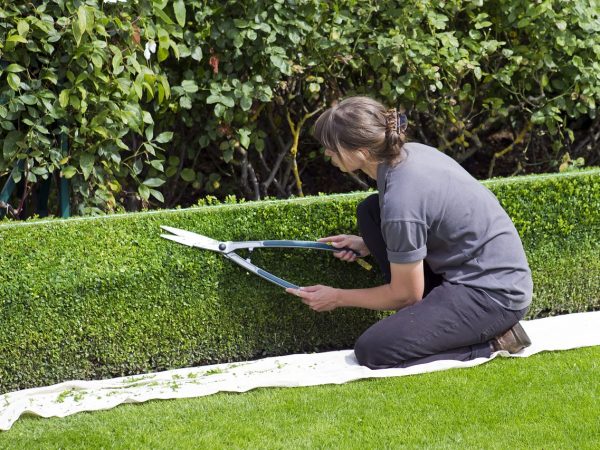Outdoor Heating and Indoor Plants: Creating Comfortable and Stylish Spaces
As we transition through the seasons, creating cozy, comfortable environments both indoors and outdoors becomes a priority. Whether you’re seeking to extend the usability of your outdoor space or nurture your indoor plants during colder months, the right heating and care strategies are essential. Outdoor heating solutions can make your garden or patio livable all year round, while the right attention to indoor plants can help them thrive even in winter. Here’s how to combine both for a warm, welcoming, and vibrant home.
Outdoor Heating: Enjoy Your Outdoor Space Year-Round
Outdoor heating is the perfect way to ensure that your garden, patio, or balcony remains usable even when the temperature drops. By adding warmth to your outdoor spaces, you can extend the time you spend in your garden, enjoy alfresco dinners, or simply relax in your outdoor lounge area.
Types of Outdoor Heating
There are several outdoor heating options that can suit different outdoor spaces and preferences:
- Patio Heaters: Electric or gas-powered patio heaters are a popular choice for providing warmth without taking up too much space. They are available as freestanding units or wall-mounted, making them suitable for both small and large areas. They are great for creating a comfortable environment for guests or family gatherings.
- Fire Pits: A fire pit is an excellent outdoor heating option that also adds a cozy atmosphere. Whether wood-burning or gas-powered, fire pits provide both warmth and ambiance, creating a central gathering point for socializing.
- Outdoor Fireplaces: For a more permanent and luxurious option, outdoor fireplaces offer reliable heat along with an elegant design. These are ideal for creating a sophisticated outdoor living area where you can enjoy warmth in style.
Outdoor Heating for Plant Protection
Not only does outdoor heating extend your outdoor enjoyment, but it can also be beneficial for plant health. During colder months, sudden temperature drops or frost can damage or kill delicate plants. By strategically placing outdoor heaters in vulnerable areas, you can create a microclimate that protects your plants from freezing temperatures. Outdoor heating, when used correctly, can help you maintain a thriving garden all year.
Indoor Plants: Bringing Greenery into Your Home
Indoor plants offer more than just aesthetic appeal; they improve air quality, reduce stress, and bring nature indoors. However, to keep them healthy and flourishing, it’s important to ensure that they are placed in the right conditions, especially during the colder months.
Temperature and Light Considerations
Most indoor plants thrive in temperatures between 60°F and 75°F (15°C to 24°C), making it important to provide a stable temperature indoors. While indoor heating systems can help keep your home warm, they can also dry out the air, which may not be ideal for plants that prefer humid environments, like tropical varieties.
For plants that require lower light conditions, placing them near windows with indirect sunlight works best. For sun-loving plants, ensure they are near a south or west-facing window for optimal growth.
Maintaining Humidity Levels for Plants
During winter, indoor heating can cause dry air, which may not be ideal for many indoor plants. To remedy this, consider using a humidifier to maintain the necessary moisture levels. Alternatively, placing a shallow tray of water near your plants or grouping plants together can help increase humidity. For particularly moisture-loving plants, misting them occasionally can provide additional relief.
Combining Outdoor Heating and Indoor Plants
There’s no reason why your love for plants and outdoor enjoyment can’t coexist. With the right planning, you can have both a warm, welcoming outdoor space and thriving indoor plants.
Creating a Transition Zone Between Indoors and Outdoors
If you have an outdoor space that you want to enjoy in winter, consider creating a seamless transition between your indoor living space and outdoor garden. You can achieve this by placing large, hardy plants that can withstand colder temperatures in pots, allowing you to move them indoors when needed. During warmer months, you can bring them back outdoors to enjoy full sunlight.
Utilizing Indoor Plants in Outdoor Spaces
For outdoor areas with heating, consider moving some of your indoor plants outside temporarily, especially those that thrive in moderate temperatures. Hardy plants like ferns, ivy, or small trees can be great for outdoor areas with heaters, allowing your garden to maintain a lush look even during colder months.
Conclusion: A Cozy, Green Haven All Year Round
Outdoor heating and indoor plants can work together to create a harmonious living space, allowing you to enjoy nature both indoors and out. By adding outdoor heaters to your garden or patio, you can enjoy your outdoor areas no matter the season, while carefully maintaining the right temperature and humidity for your indoor plants. With thoughtful integration of both, you can create a cozy, stylish, and vibrant home environment that works for you and your plants, no matter the time of year.



